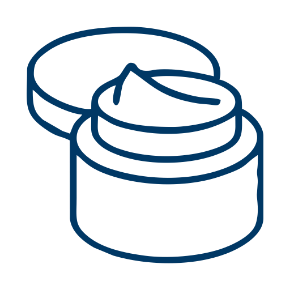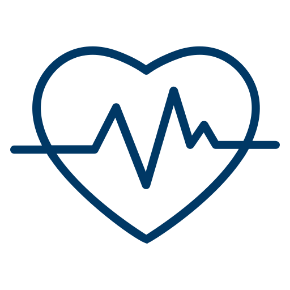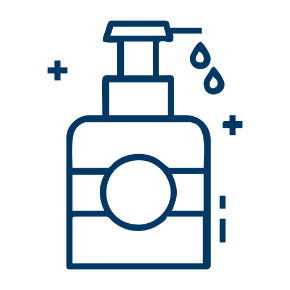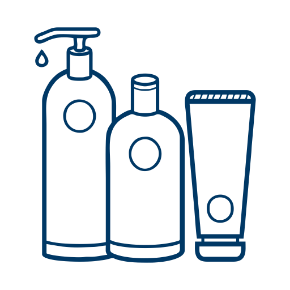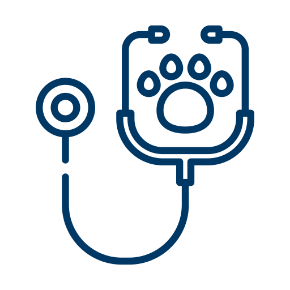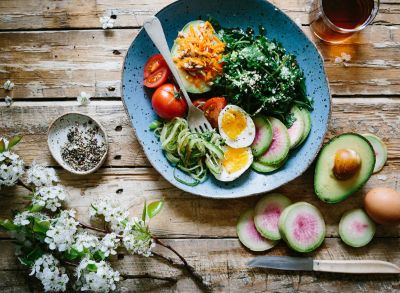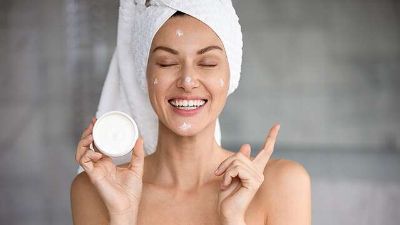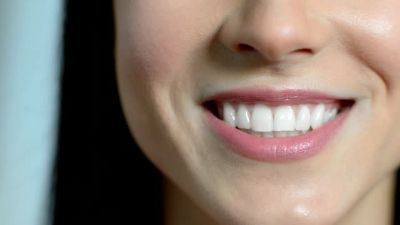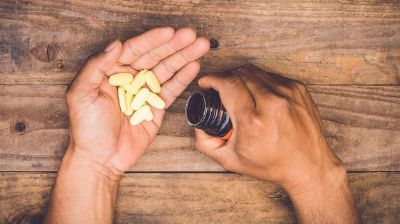Using a face mask was once considered an occasional indulgence in skincare routines, but today the skincare ritual has evolved. With innovations in textures and ingredients, these target treatments have become an essential part of our weekly (sometimes every other day) skincare routines. We are making your next trip to the beauty aisle a whole lot smoother by breaking down the most popular types of masks and explaining which formulas work best for your skin type.
How do face masks help your skin?
Face masks are like a therapy session for your skin. Whether it is a hydrating face mask or a peeling and glowing face mask, think of them as a booster for your go-to skincare routine. There is no simple answer to “What do face masks do?” but, in a nutshell, they can be an effective way to deliver a powerful rush of skincare ingredients in a concentrated form. Unlike a face serum or day cream, which do not give visible results right away, the best face masks can deliver instant gratification.
Face masks offer a variety of benefits for many skin issues, like removing excess oils, nourishing and hydrating dry skin and shrinking the appearance of pores. However, it is important to note that the epidermis (the skin’s outer layer) does a great job of protecting us from the environment, so be realistic about the results from a single treatment. Get the most from your mask by being strategic about what kind you are putting on your skin. Read the label, and make sure the mask has active ingredients like hyaluronic acid, vitamin C and charcoal to ensure that you will see meaningful results.
Do it yourself (DIY) skincare is becoming increasingly popular, but using a homemade mask has its risks. If you are wondering how to make a face mask at home, there are certain ingredients to avoid because some can cause more harm to your skin than good. Do not use lemons (because when it is exposed to the sun, lemon juice on skin can cause sunburn and hyperpigmentation), raw eggs (because it can cause a bacterial infection) and spices (because they can be irritating and stain skin).
Do face masks work for all skin types?
Whether you want to brighten dull skin, treat acne, soothe redness or reduce the appearance of pores, there is a face mask for every skin concern and skin type. Navigating the sea of mask options can be dizzying; a helpful way to cut through the clutter is to stick with a formula that works well with your skin type and has skincare ingredients that will give you the benefits you are after.
Best of all, there is no need to spend a fortune at a spa or a department store to find an effective treatment. Many drugstore masks have an impressive list of ingredients that are acne-targeted, hydrating, brightening, glow-boosting and more. These are the best face masks for every skin type.
If you struggle with acne and are prone to breakouts, you are probably already treating blemishes with a spot treatment. Go the extra step and add a charcoal face mask to treat your whole face at once and help prevent future breakouts. Vichy Pureté Thermale Charcoal Mask targets redness and skin inflammation thanks to a blend of kaolin clay and charcoal, which also removes dirt, oil and debris from pores.
- Best face mask for dry skin
Dry skin can benefit from a moisturizing face mask more than any other skin type because of instant hydrating gratification. Consider adding an aloe vera mask to your weekly routine. The plant-based ingredient is packed with vitamins, and its high-water content gives skin an instant glow. Another great option is a face mask with hyaluronic acid.
- Best face mask for mature skin
If fine lines and wrinkles are stressing you out, a smoothing formula is just the trick. The best kind of face mask for aging skin is one that is filled with skin-plumping hyaluronic acid.
- Best face mask for dull and dehydrated skin
If your skin is looking dull and flaky, consider adding a moisturizing night face mask to your routine. Overnight masks bring a whole new meaning to the words “beauty sleep.” Think of these nocturnal masks as a souped-up night cream designed to help ingredients penetrate more deeply as you sleep.
- Best face mask for oily skin
Are clay masks good for skin? Yes! They are gentle enough for most skin types, but they’re especially effective at balancing out oily and combination skin. A good clay face mask draws impurities to the skin’s surface, where the clay soaks up excess sebum, which contributes to blocked pores. If you are looking for a mask for oily and acne-prone skin, Vichy Normaderm 3-in-1 Scrub + Cleanser + Mask combines a clay mask with a deep cleanser and an exfoliator.
How to use a face mask?
Wondering how often you should use a face mask? You can apply one to your cleansed, dried face once or twice a week. Start by pulling your hair back in a ponytail or with a headband and then apply the mask with your fingertips after cleansing your face; be sure to avoid getting the product on your hairline or on the eye contour area and in your mouth, and do not forget to pull the mask down to your neck.
Every face mask is different, so consult the label to determine exactly how long you should leave it on, especially if it is an exfoliating mask. For most formulas, however, the recommended time is 10 to 15 minutes. Remove it using lukewarm water and follow up with your serum and face moisturizer.
In terms of applying in the morning versus the evening, that is really up to you. Some masks make a great prep for makeup, while others have active ingredients, like retinol, that are better used in the evening.

